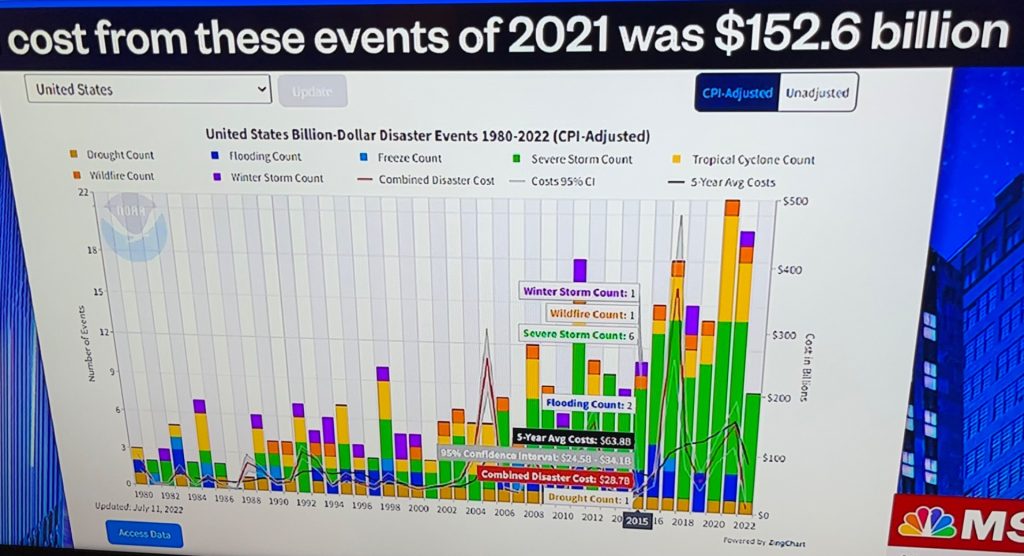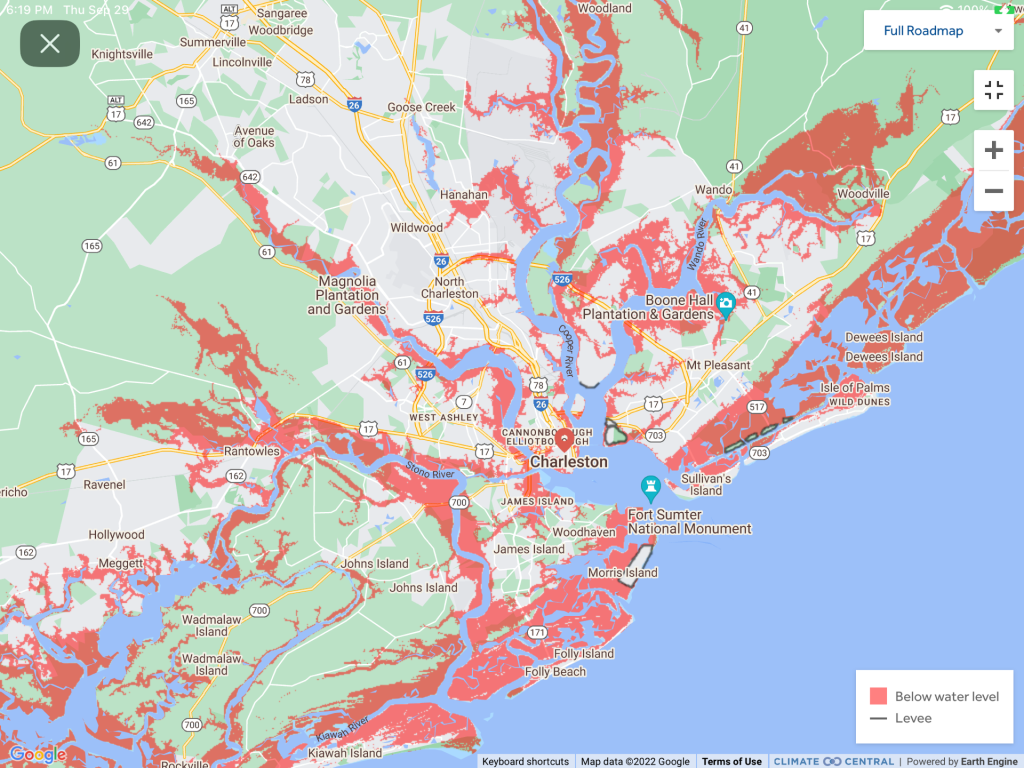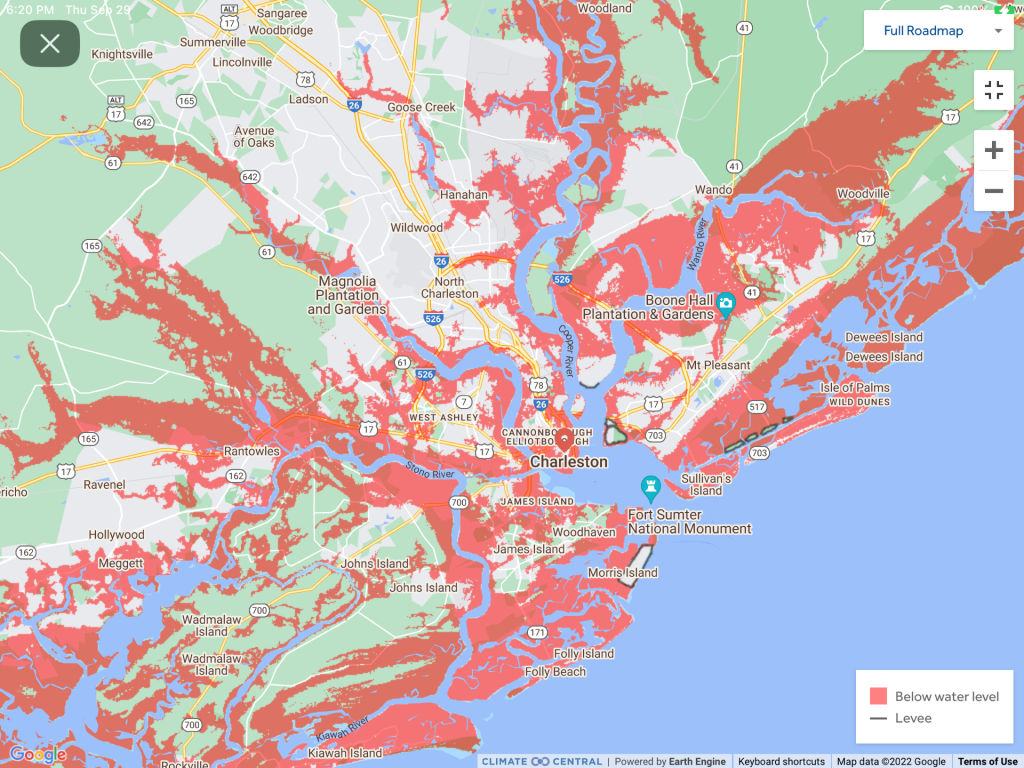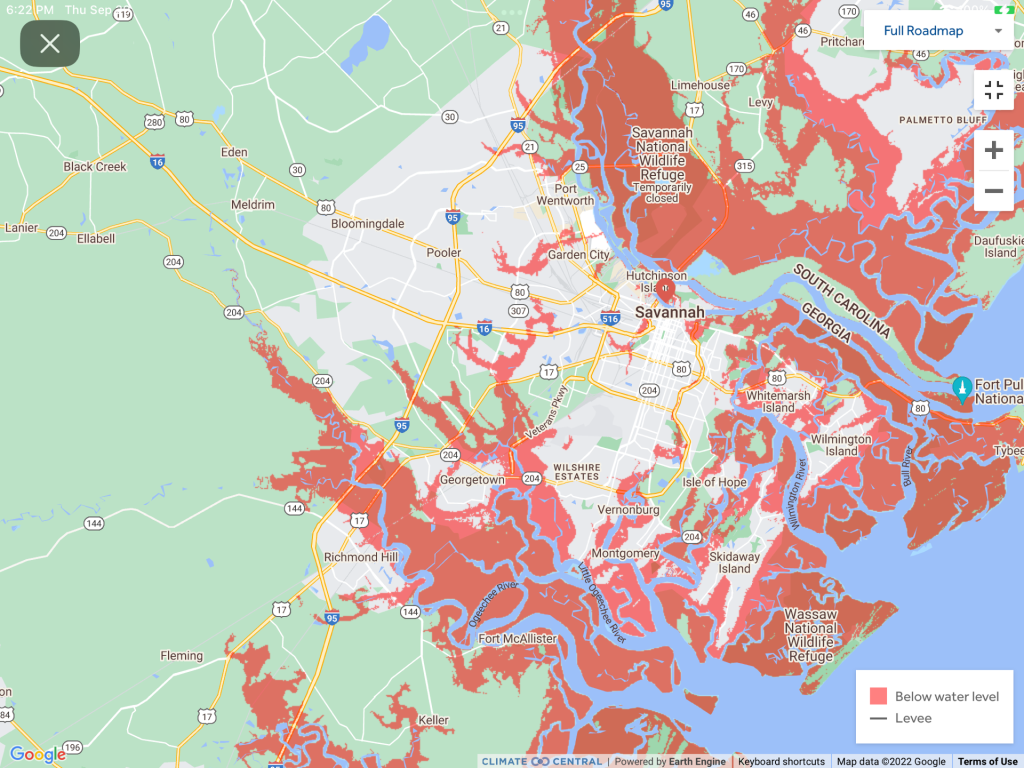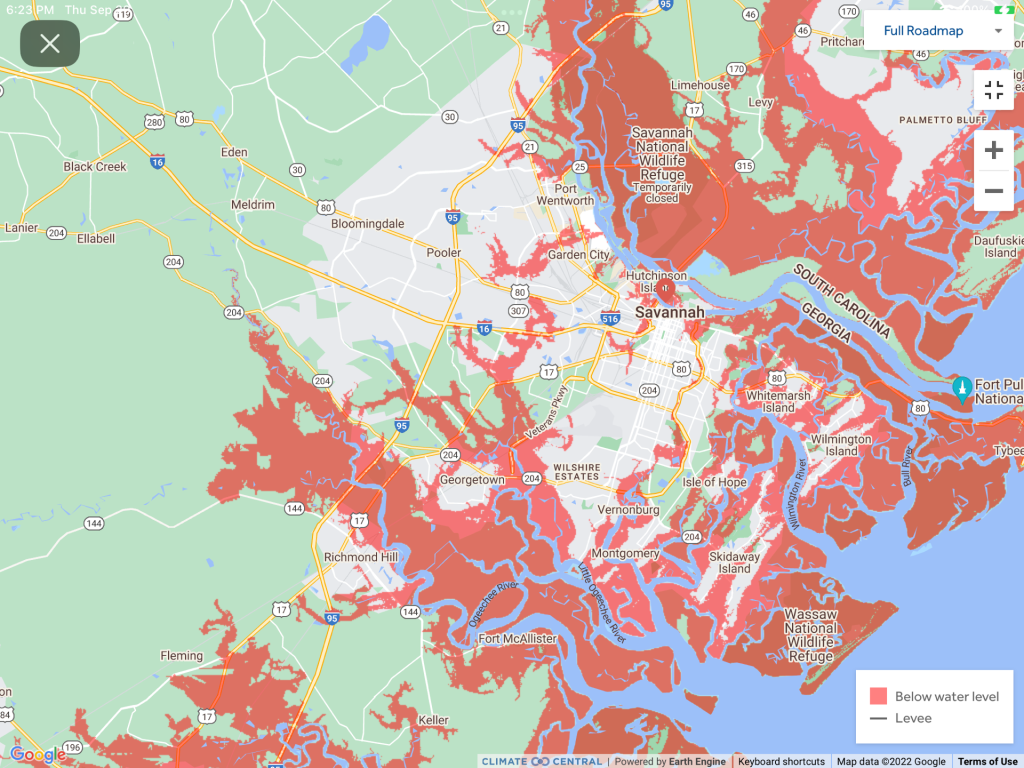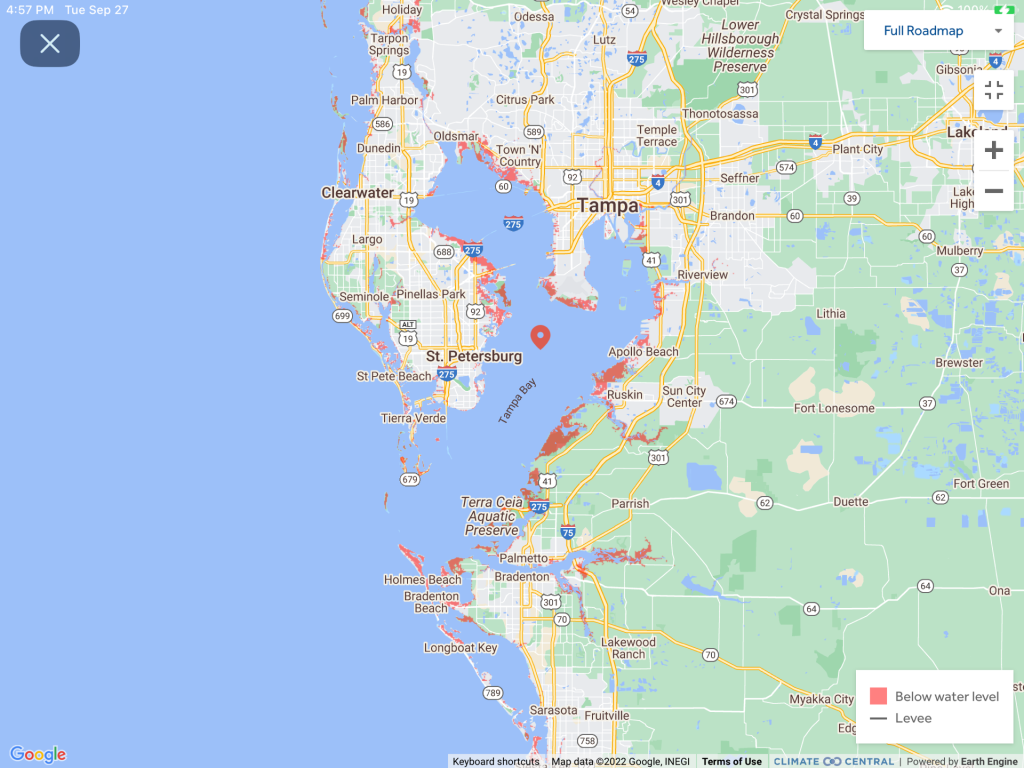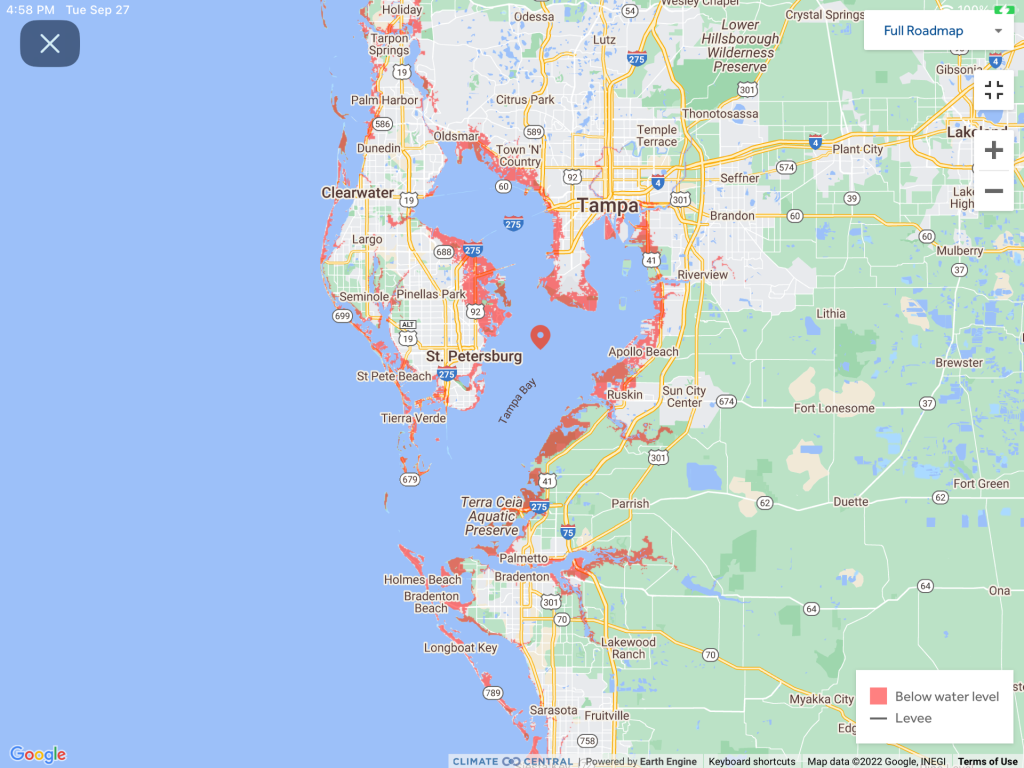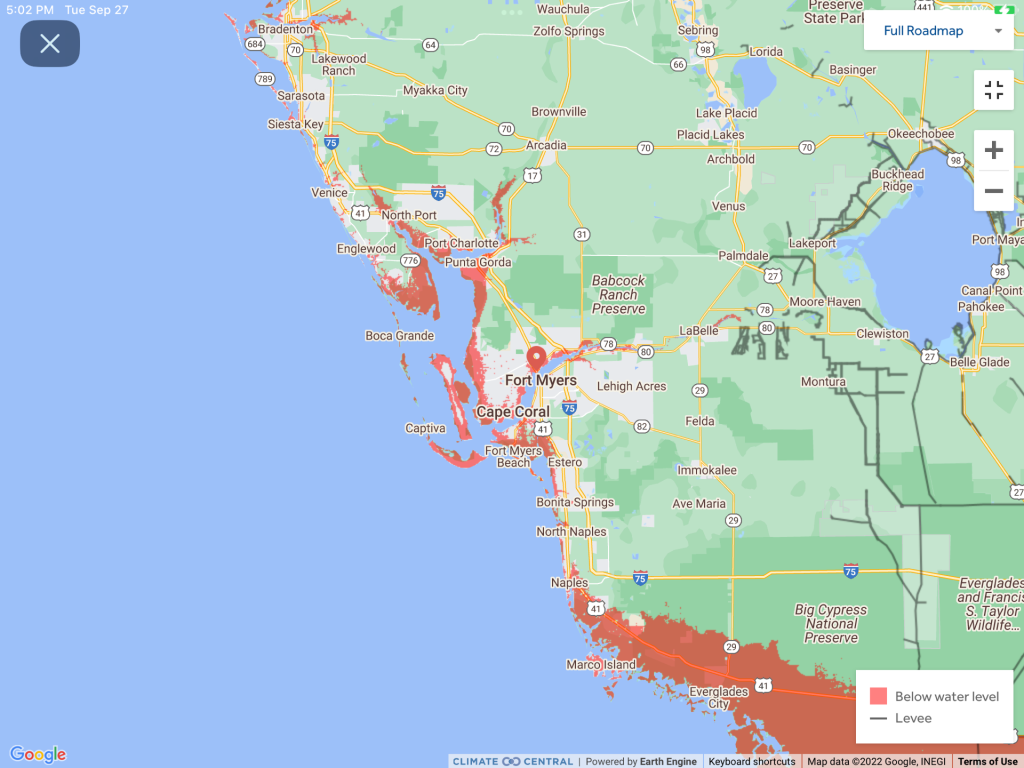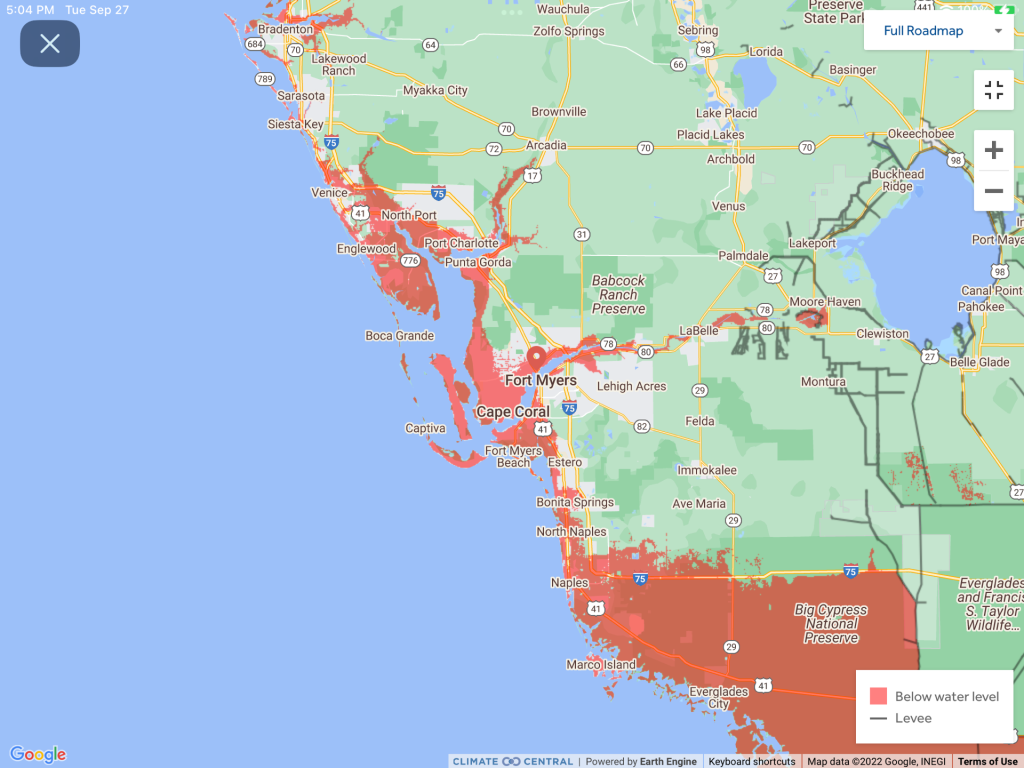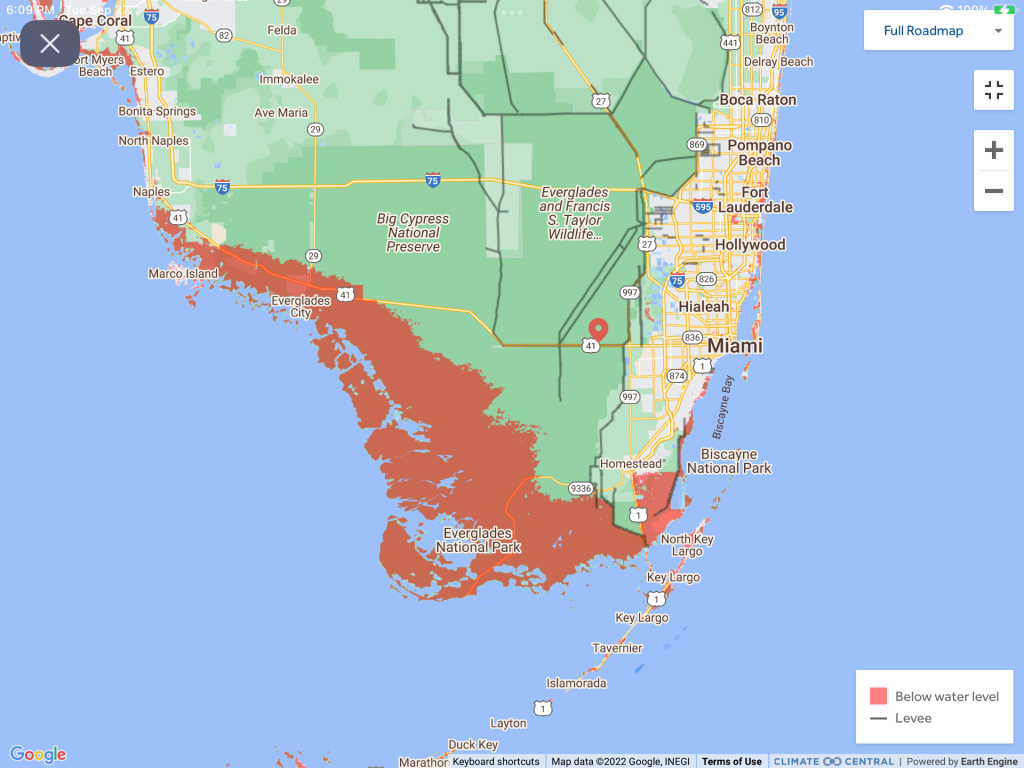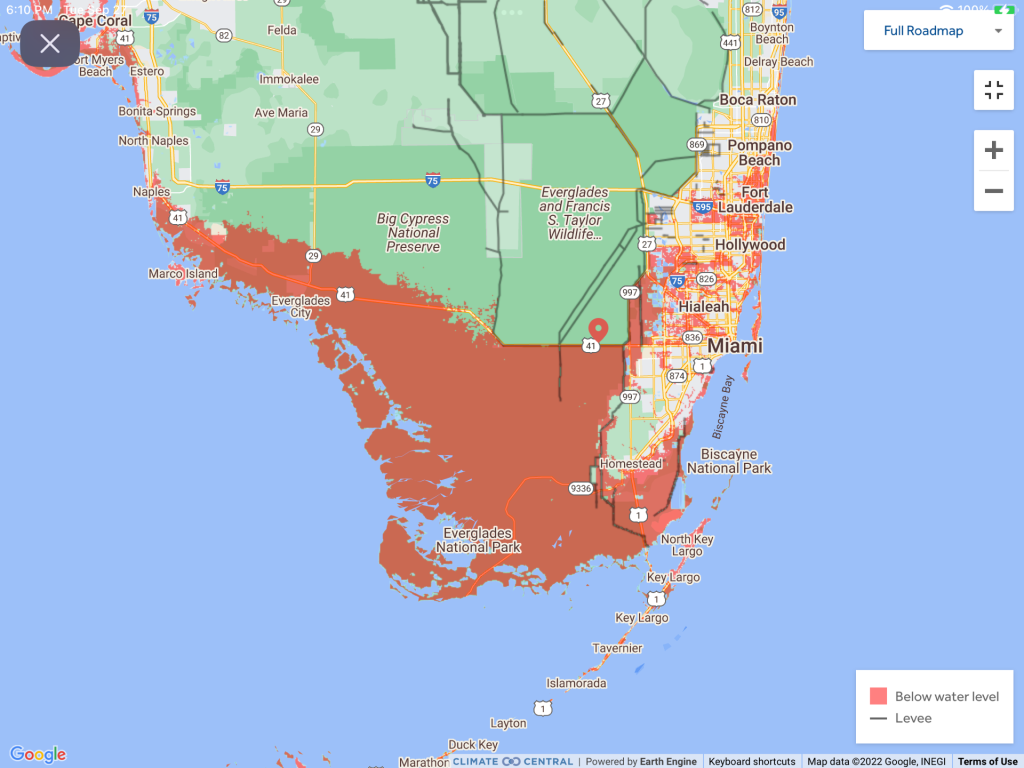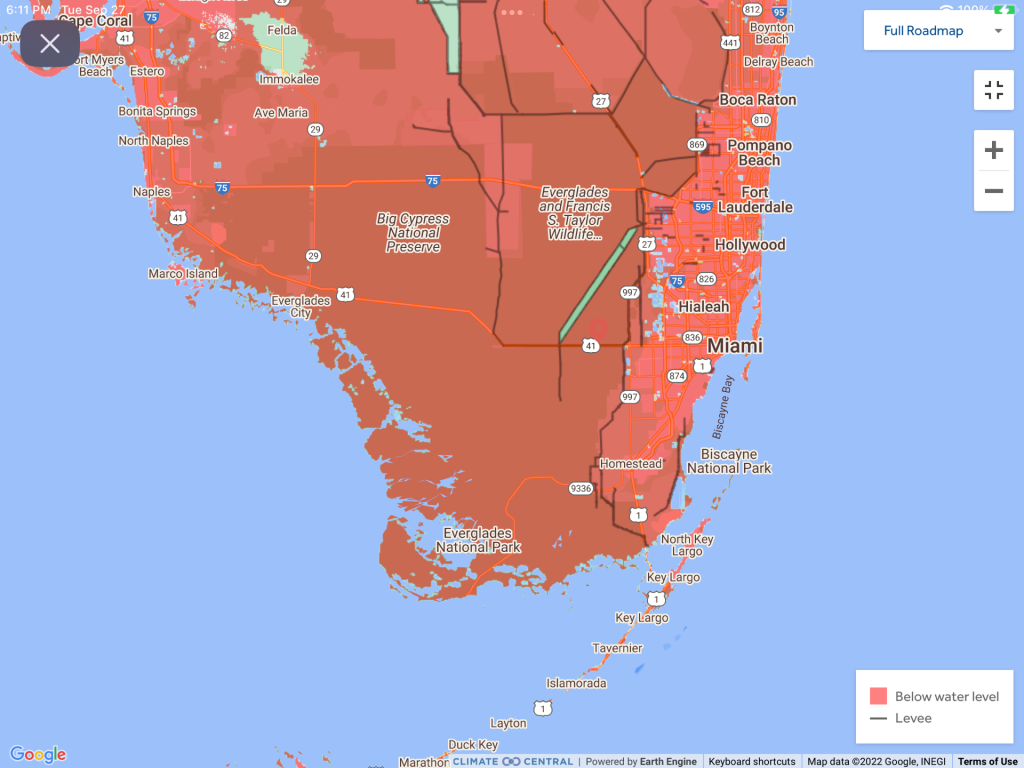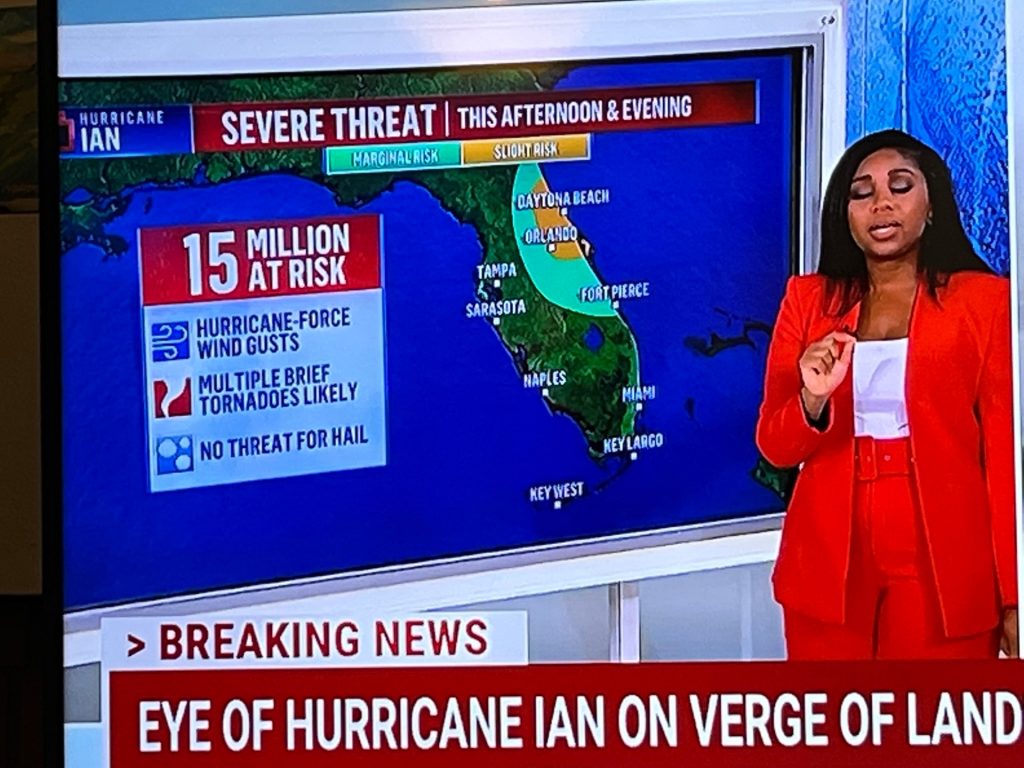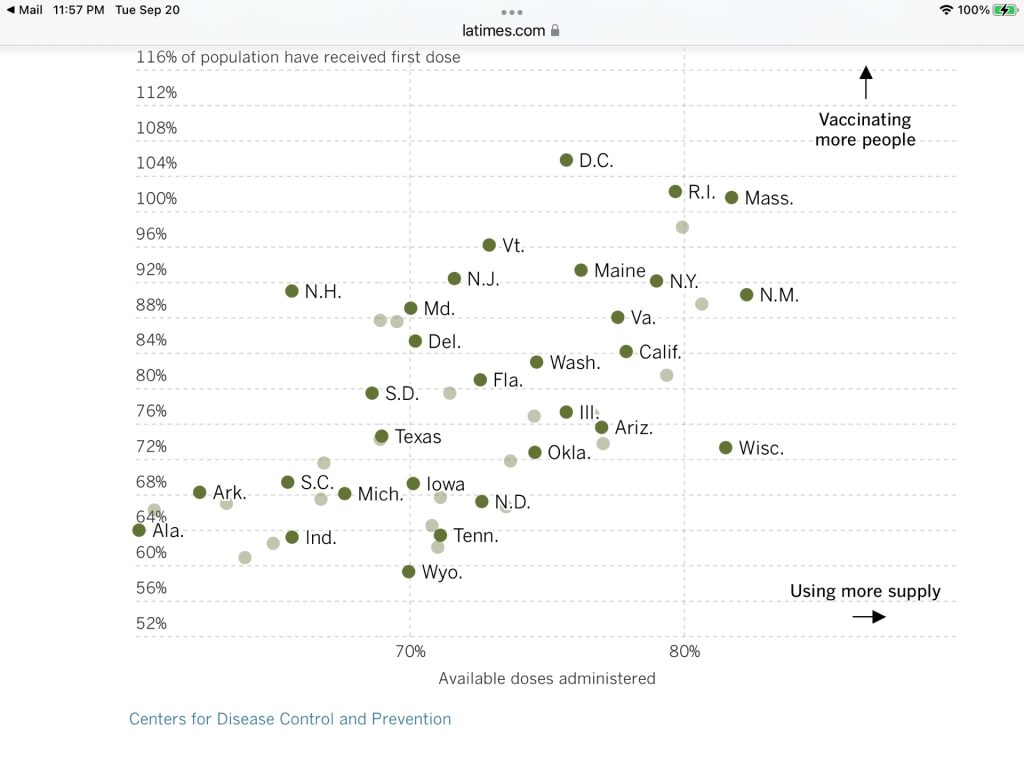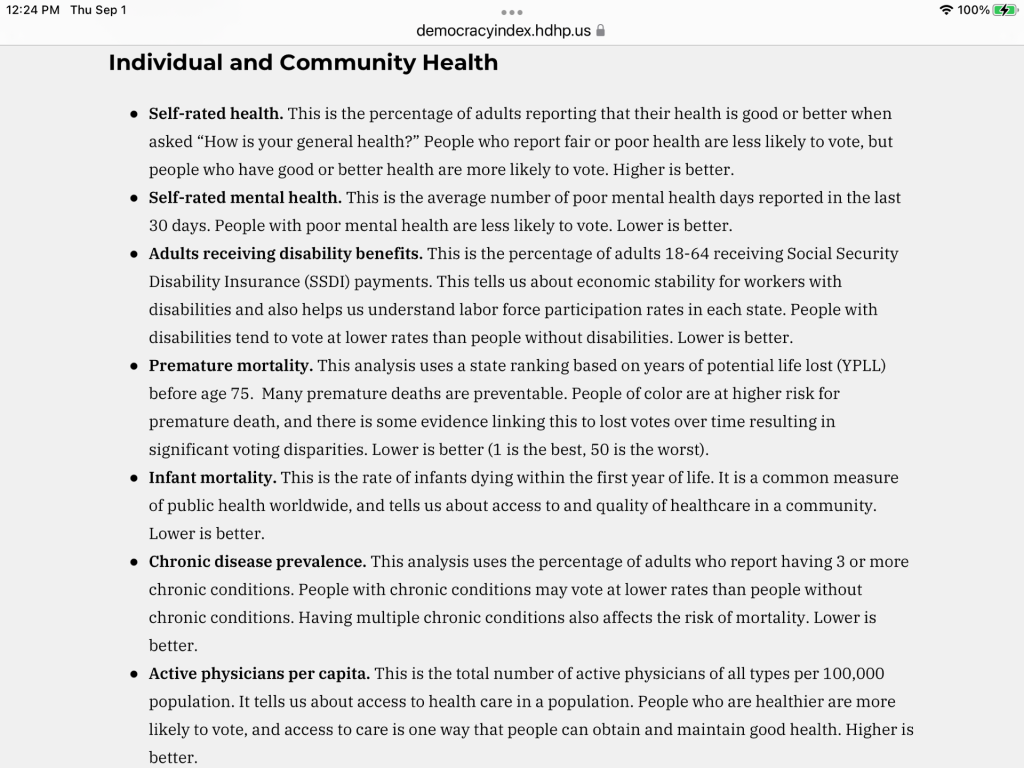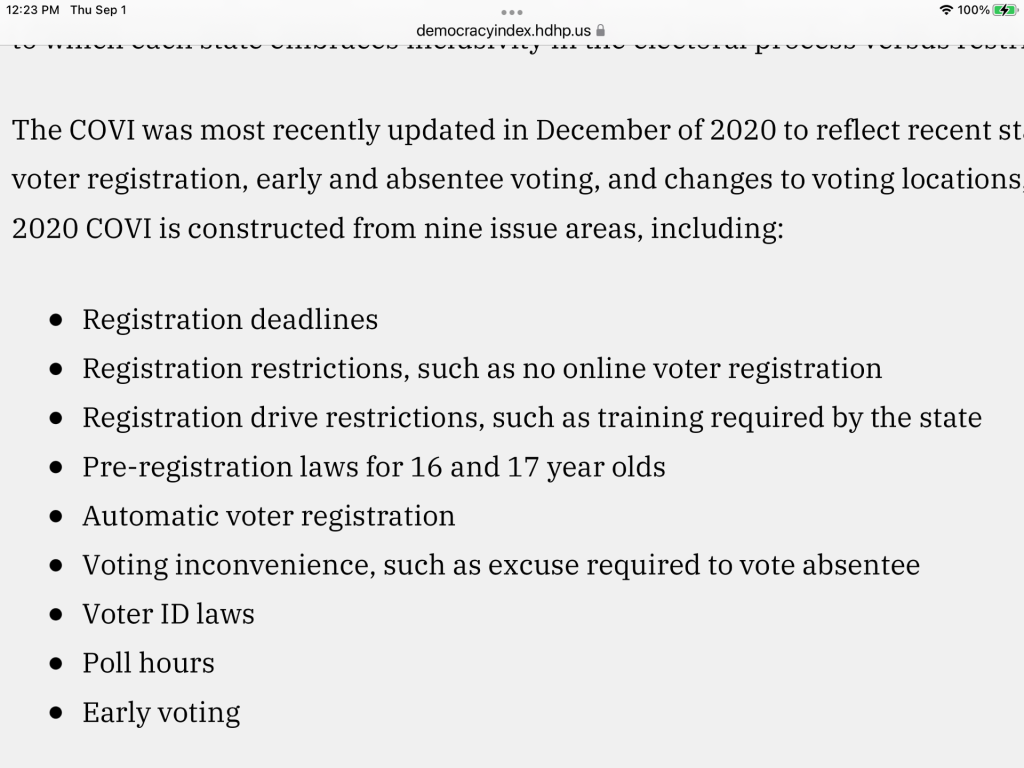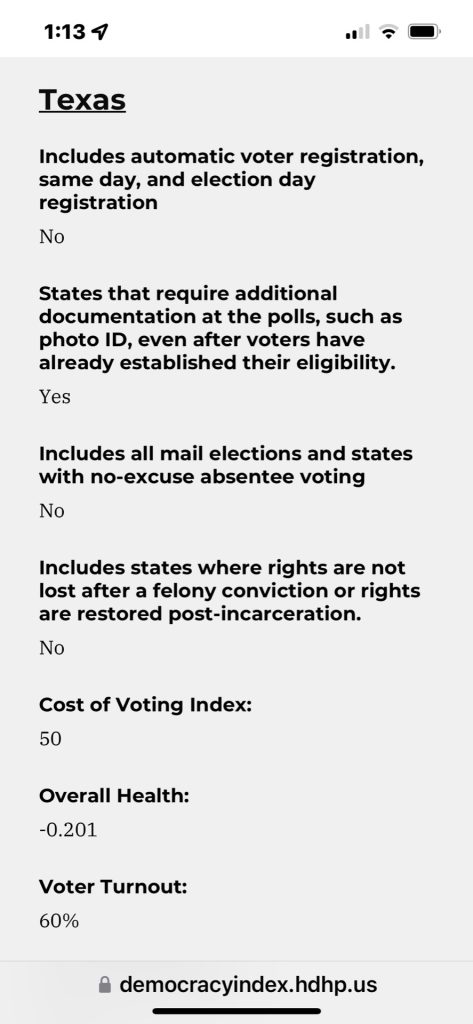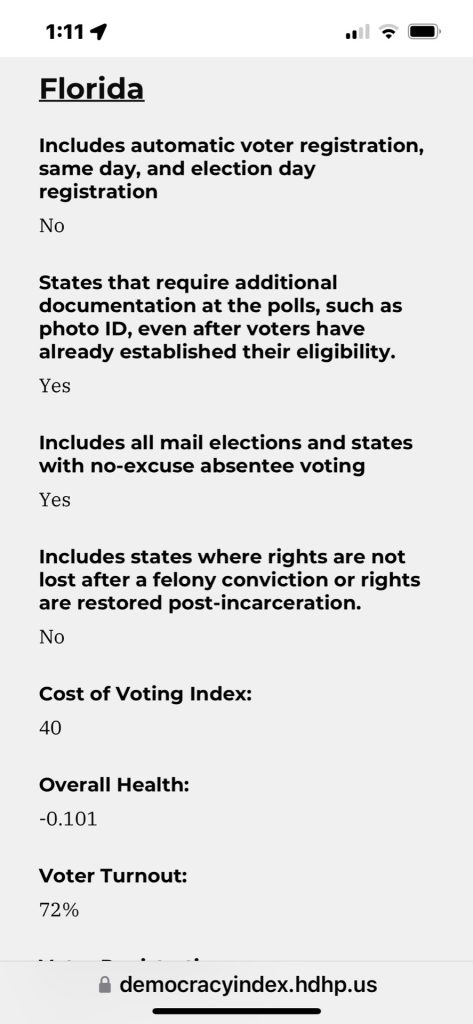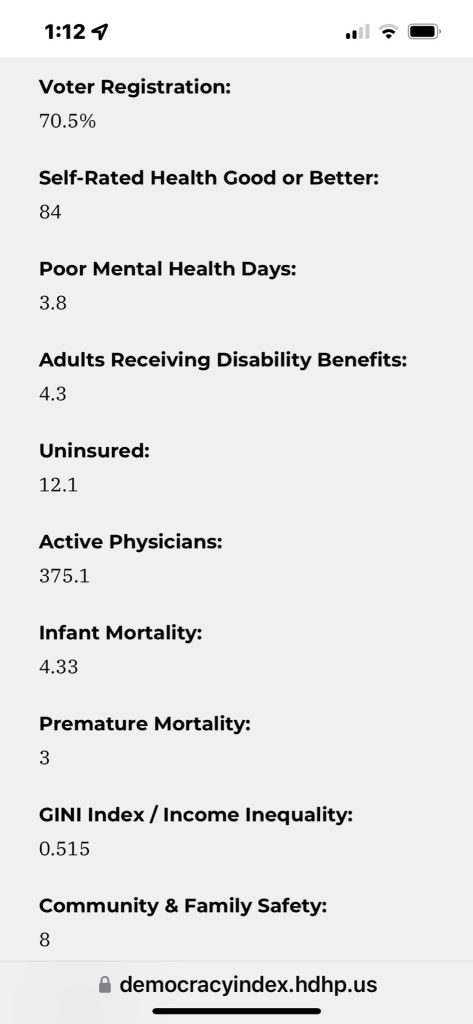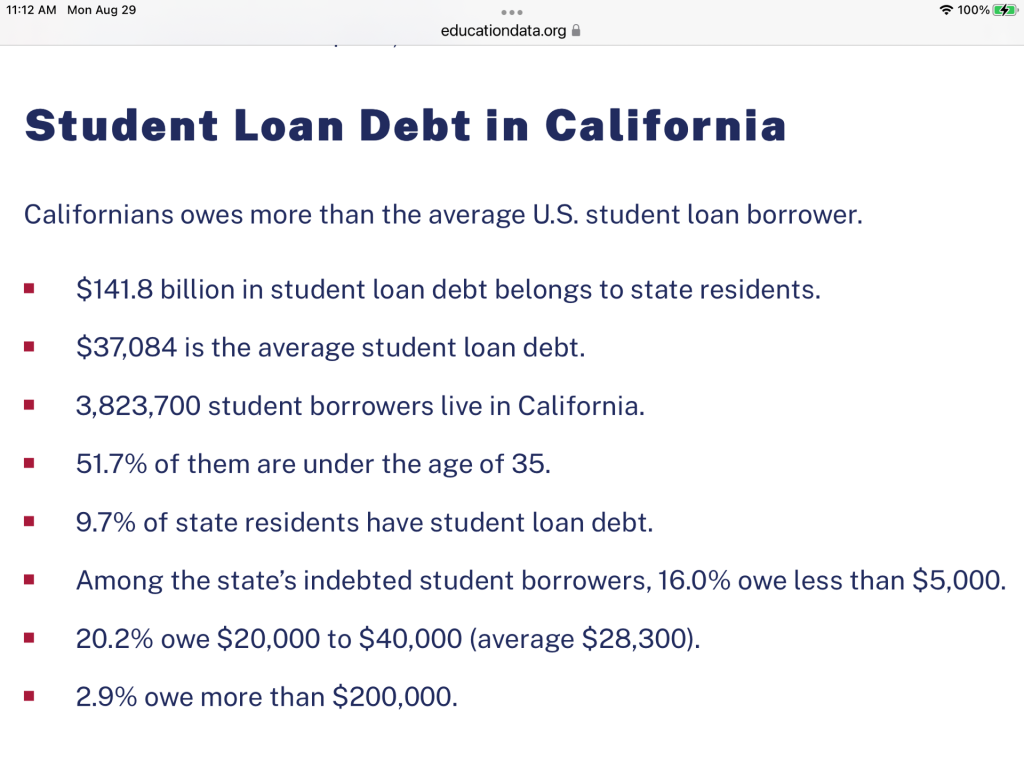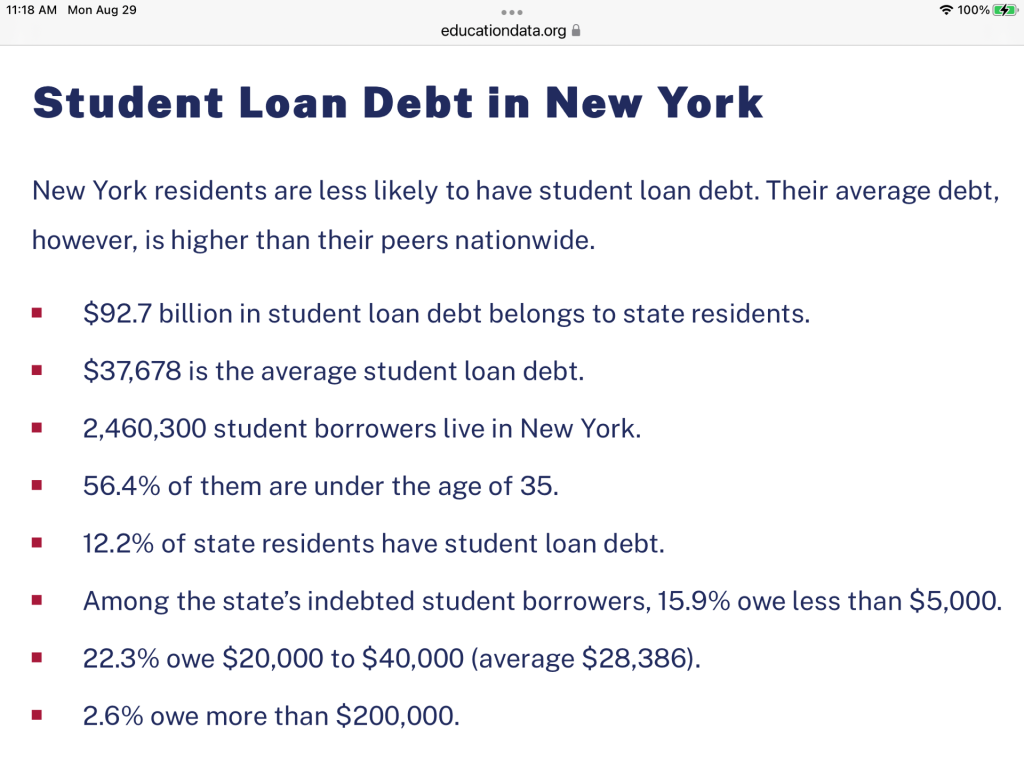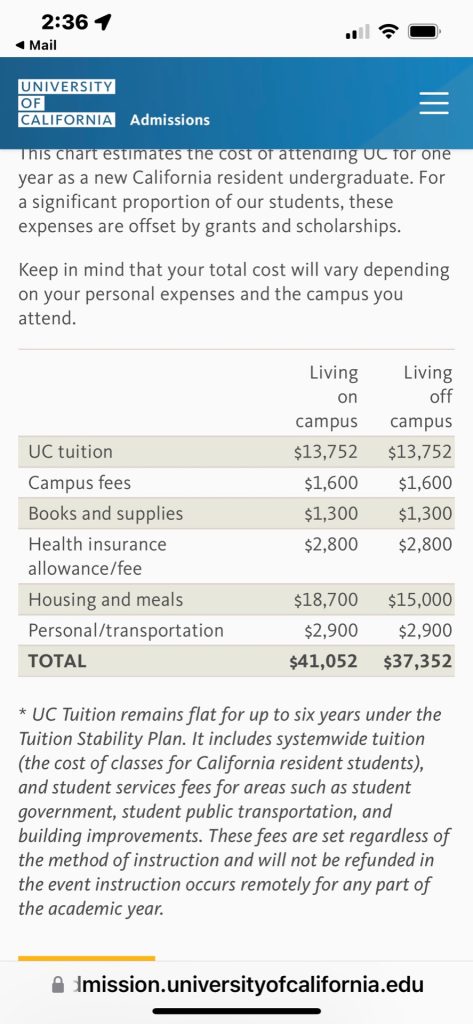Florida Politics Still in Climate Change Denial
Florida Governor DeSantis is already writing the Hurricane Ian disaster off as a one in 500 year event, implying that there won’t be any climate change effects for 500 years. This is of course in defense of rapidly expanding Florida real estate, and the Republican’s national backing by the fossil fuel industry. Yes, I know that I shouldn’t be political after a disaster, but I am not starting this, and I am being scientific, not political.
What the one in five hundred years means is that any chosen city would only get hit once in 500 years by another hurricane of category 5 or greater. But the Governor of Florida has to respond and aid Floridians for many years in dozens of cities, counties, and areas. The last extreme storm in Florida was category 5 Hurricane Andrew only 30 years ago. Punta Gorda, near Fort Myers, was devastated by Hurricane Charley in 2004, less than 20 years ago. But even more importantly, super, almost category 5 Hurricane Ian carved a long coastal swath including Naples, then crossed Florida with high rains and winds, struck Orlando, then repowered to a Catagory 1 over the Atlantic, and then came ashore again at Charleston, South Carolina. Also, Florida can be attacked by both East and West, and has the gigantic 1,350 miles of coastline, only exceeded by Alaska.
But wait, the intensity of storms is also increasing rapidly with the warming of Gulf and Atlantic Ocean temperature. Yet still another wait, by the year 2100, less than 100 years from now, the sea level will rise another 3 feet, at least. Yet finally, the settlement of scenic and recreational ocean, harbor, and river apartments, condos, and homes is also rapidly increasing.
We will back up these statements using the MSNBC presentation and other sources.
When driving across mountainous terrain, you always find the altitude at the peak of your passage. Crossing the Everglades, the peak sign we found listed 3.5 feet above sea level. Two articles ago, you can see that a flood map at 6 feet covers all of the Everglades South of highway 41. That also means that maybe 100,000 of the 1.5 million Florida alligators will be finding new homes in the neighborhood.
Lee County, which contains Fort Myers Beach, Sanibel island and Fort Myers which took the brunt of the incoming eyewall, increase in population from 1970 of 100,000 to over 700,000. It is one of the hottest increasing national housing areas.
One study says that the Hurricane contained 10% more rain because of climate change. Forty years of satellite data showed that the probability of a tropical cyclone becoming a Category 3 or higher hurricane increased by 8% per decade due to global warming. Warmer sea surfaces also slow down storms to allow for more torrential rain, flooding and storm surge. Finally, the warmer sea surface allow the hurricanes to maintain their strength longer after making landfall.
The following study shows the correlation between the Atlantic water temperature and the energy contained within the tropical storms.
Above are about a dozen factors that increase the total damage to be considered by all Americans, over DeSantis’s minimizing dismissal of the true and scientific susceptibility of Americans to climate change and “natural” disasters. Oh, and DeSantis is preparing to run for President of these United States, after he get reelected Governor.
Below is the yearly cost of disaster events of more than a billion dollars each. The yearly costs are now often above $100 billion a year, and increasing in frequency.
The chart below shows the type of disaster events and their costs and total costs per year. For 2021, the second highest year, the total of 20 events was $152.6 billion. The Total Costs for the last five complete years was $788.4 billion. This is from NOAA’s National Center for Environmental Information and shown on MSNBC.
So far in 2022 we are at $200 billion. Hurricane Ian’s cost is now estimated at over $100 billion, where only $63 billion is covered by private insurance. A little over that total estimate by the end of the year would place 2022 as the fifth most expensive year.
The five most costly Hurricanes and their dates show that they are all in the last 17 years, proving that the once in 500 year description can be very misleading.
The Biden Inflation Reduction Act contains the largest appropriation yet for mitigating climate change of $369 billion. This is not even half of the destruction over the last five years of $788 billion, showing that recognition of climate change and working on its prevention is far less costly and disruptive over both the short and long run.
Misrepresenting risk can have serious consequences. Only 15.4% of households in Florida have flood insurance. Even people in upper story condos can have their car drowned in underground or ground level parking. Also, roofs can be removed. In Orlando, only 2% have flood insurance. In Lee County of Fort Myers, 28% are covered, and in Naples’ Collins County, 41% are covered. Misrepresentation can also affect resident from following storm news, from stocking up on food, water, and necessities, and from evacuating when advised or ordered.
While Florida has had a 15 year old legislation to build renewable electrical energy, nothing was done on it. Florida has only 20% clean energy, and only 7.4% of its energy is renewable. While Governor DeSantis has become known as the “don’t say gay” governor, the past two term Governor and now Florida Senator Rick Scott was known as the “don’t say climate change” Governor. Senator Scott is now Chairman of the National Republican Senatorial fund raising Committee.



